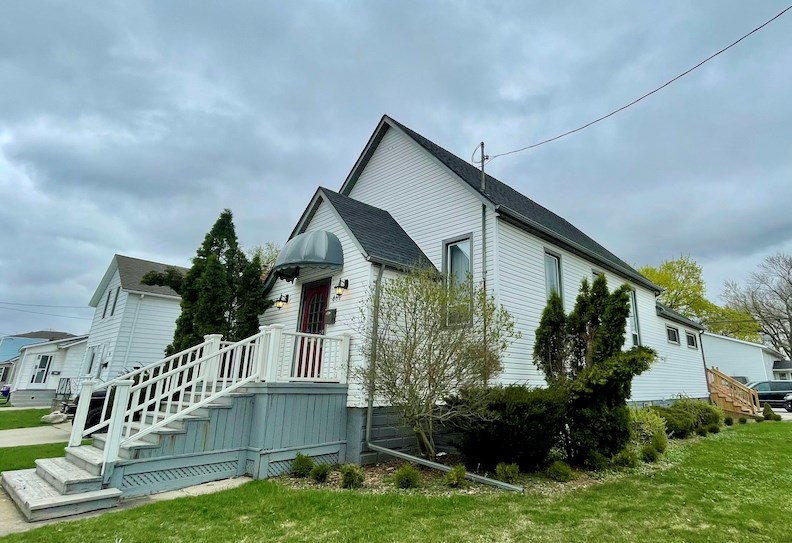By Randy Evans
Wilson Bertrim Highwarden was one nasty man.
Born in Sarnia on January 10, 1875 to the Rev. Simeon and Elizabeth Highwarden, he was raised locally until his father’s passing in 1887. The remaining family then returned to their roots in Ohio.
In 1895, Bert married Ada Anderson. In 1911, with five children in tow, Ada received a divorce decree. But Bert responded by murdering Ada shortly thereafter. Found guilty, he was sentenced to life imprisonment.
Incredibly, fate smiled on Bert. Despite having only served 7 years, Bert received a pardon from Ohio Governor James Cox on December 21, 1917.
Again free, he married one Rovilla Everrett on February 5, 1923. One year later, Rovilla filed for divorce. True to form, Bert responded by murdering Rovilla.
Found guilty on his second spousal murder, this time the punishment stuck. Forever. On February 9, 1925, Bert died in the electric chair thus becoming the third Sarnian to perish at the hands of the executioner.
On his passing, it is doubtful that the homicidal Bert was re-united with his father Simeon.
The elder Highwarden was born in Ohio 1827.
Previously betrothed and possibly divorced, Simeon re-married in 1854 this time to Amelia Ratiff. No children resulted.
In June of 1863, with the Civil War raging, Simeon was drafted into the Black unit of the Union Army’s Ohio 7th regiment. Unlike previous records which showed his occupation as a labourer, Simone’s draft papers indicated “Minister” as his vocation.
During his one year at war, it is not known in what capacity he served. However, being in the 7th Ohio at that time, he most likely would have been at major engagements including Gettysburg.
Initially, Simeon return to civilian life did not go smoothly. By 1865, as witnessed by Amelia’s divorce proceeding, Simeon was then engaged in adultery and fraud which, of course, is conduct most unbecoming of a self declared “Minister.”
But soon redemption began to take hold as Simeon seemed to settle down in his personal life. With one Elizabeth Taylor and three children, he left Ohio - the home of his previous dubious exploits.
And of all the places to go, Sarnia was chosen.
By 1871, the Highwardens were in Sarnia. The family included three children ages three to ten. One more child would be born in Sarnia namely the aforementioned Bert.
For the next sixteen plus years, Simeon was a husband, father and owner of a second hand furniture store in town. Given that most Sarnians at that time were cash strapped, it is not surprising that Simeon’s business stood the test of time.
Of further note and as foreshadowed by his enlistment papers, Simeon also ministered at a Sarnia Methodist Church.
Acknowledged by Methodist Church records and his obituary, Simeon’s ministerial credentials are solid. Yet, while this is known, details about the Church are scant. Indeed and sadly, in the Sarnia historical reference materials, only one mere 1866-1867 reference to a “Coloured Church” can be found.
When Reverend Highwarden passed away in April, 1887, the Observer published an obituary which, for the times, was of the length and detail reserved only for well respected citizens.
“…He was generally recognized as a leader among his coloured brethren in this part of the country. He was a man of considerable talent and ability, and was looked up to with confidence by the coloured people and generally respected by the white citizens….”
For Reverend Simeon Highwarden, life must have been quite the ride.
